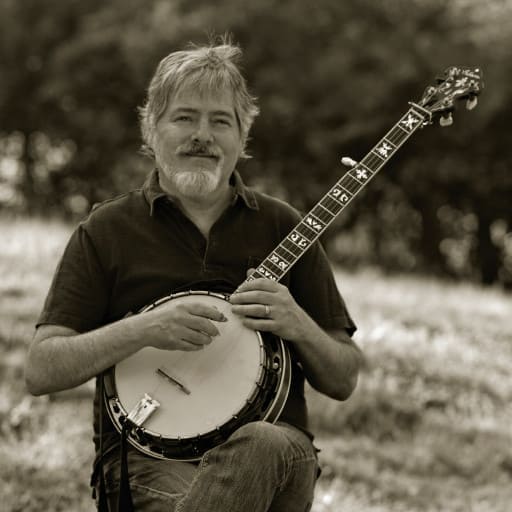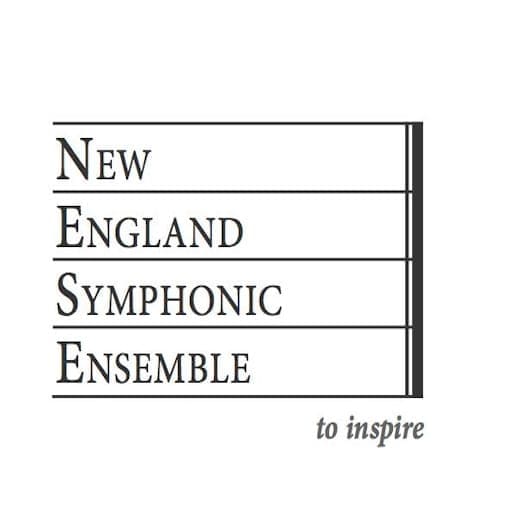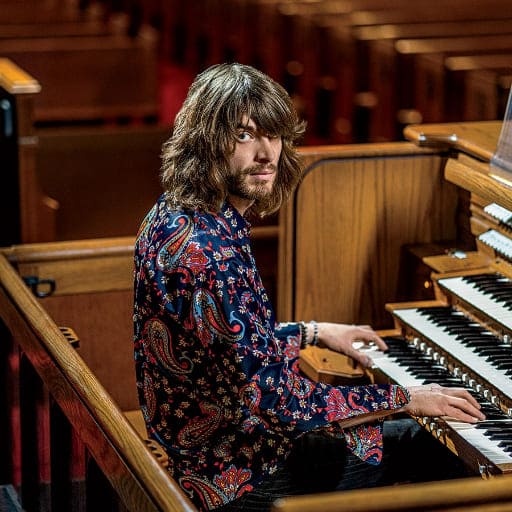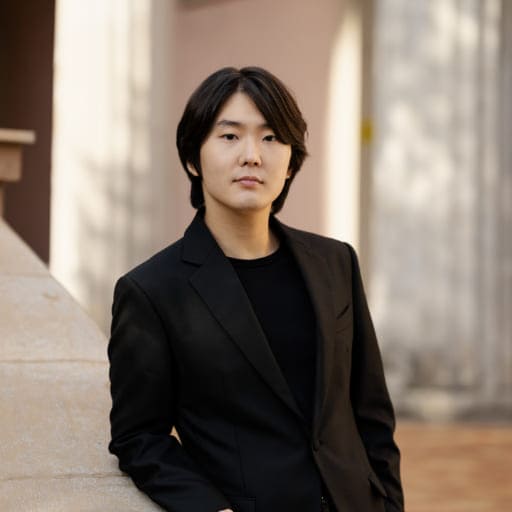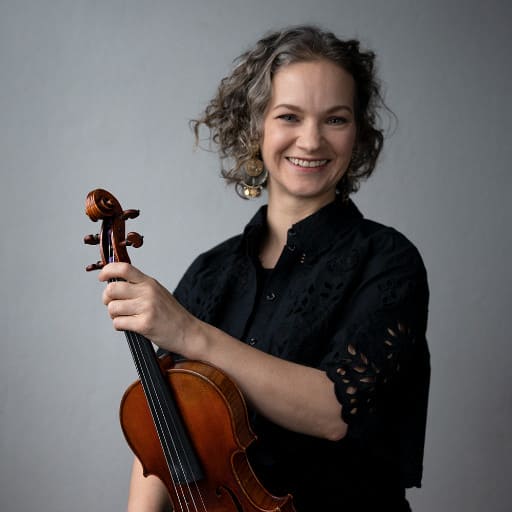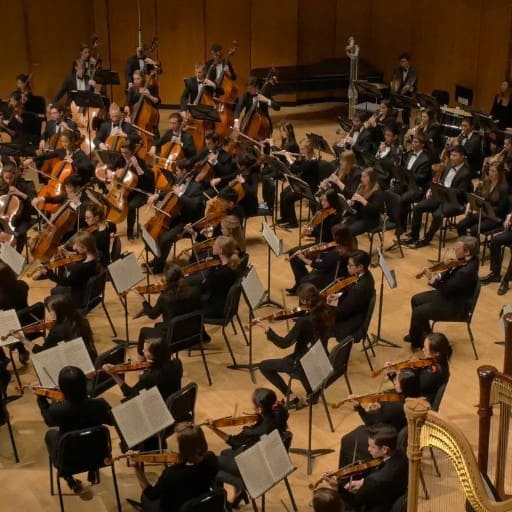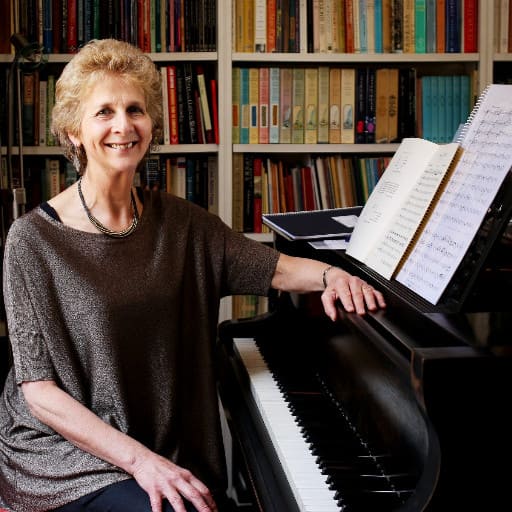Carnegie Hall, situated in Midtown Manhattan, in New York City is a concert hall constructed by the philanthropist Andrew Carnegie in 1891. It is famous, for its quality and sophisticated architecture. The hall consists of three main performance spaces: the Stern Auditorium/Perelman Stage, Zankel Hall, and Weill Recital Hall.
- Isaac Stern Auditorium/Perelman Stage is the largest of the three spaces and can seat up to 2,804 people. The New York Philharmonic performs a variety of genres at this venue such as jazz and popular music. Many significant historical performances have taken place on this stage like the renditions of Gershwins “Rhapsody, in Blue” and Duke Ellingtons “Black, Brown and Beige.”
- Zankel Hall is a smaller, more intimate venue that can seat up to 599 people. It is named after financier Arthur Zankel and hosts a diverse range of performances, including classical music, jazz, and experimental music.
- Weill Recital Hall is the smallest of the three spaces and can seat up to 268 people. It is named after composer Kurt Weill and is primarily used for solo and chamber music performances.
Carnegie Hall not showcases performances but also provides educational opportunities, for budding musicians and music enthusiasts of various age groups. These offerings encompass workshops, masterclasses and competitions. Renowned as one of the music venues globally Carnegie Hall has been instrumental, in influencing the American music scene.




